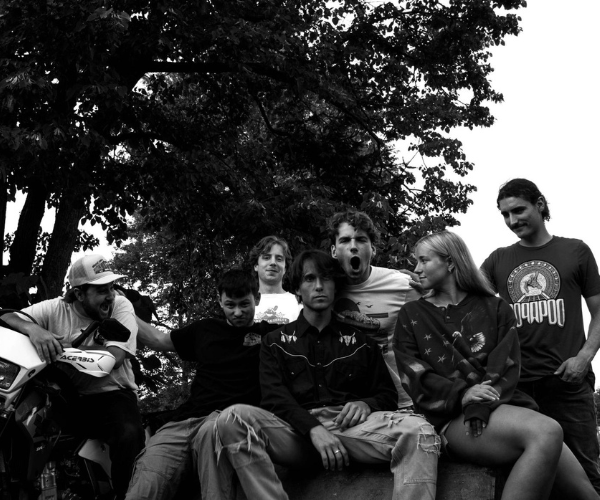Take one look at “Eugene Onegin,” and you’ll see Cleveland Opera really has set the stage for its 30th anniversary. Its new presentation of Tchaikovsky’s grand tale of romantic revenge really is, well, grand. In keeping with the positively restless story by Alexander Pushkin — which skips from bedroom to forest to country estate to lavish ballroom in 19th-century St. Petersburg — it’s taken the opera more than two years and $500,000 to bring it to Playhouse Square this month.
General manager and conductor Robert Chumbley hopes patrons find “Onegin” visually and sonically striking, even by Cleveland Opera’s recently overhauled standards.
“I wanted to make it special,” says Chumbley, “and this is such a masterpiece.”
The story: Tatyana is shy and reclusive until she encounters the dashing, urbane Onegin, who inadvertently awakens her heart. But when she declares her feelings to him, he rejects them. Years later, Tatyana’s rank in society has skyrocketed after a well-made marriage while Onegin’s rank has plummeted, leaving him to grovel at her feet.
Erhard Rom, of Baltimore, created the challenging set. “It’s so specific, which makes it difficult to design something original and spontaneous,” he says. “The trickiest part is using the same scenic elements throughout.”
Rom surround-ed a highly adap-table stage with large scrims paint-ed like a forest of white Russian birches to unify the action. Lighting designer Mark McCullough’s 300-piece lighting design provides an array of colors.
Minimal furniture and a large window suggest Tatyana’s bedroom and sym-bolize her dream-like mental state. Two 22-foot col--umns, a few curtains and a handcrafted chandelier on a 32-foot track comprise the opulent 19th-century ballroom in Act III. The stage can also be cleared for the Act II duel scene, set at dawn in the woods.
“In some operas, you really don’t want any interruption, but that’s not a problem here,” Rom says. “You almost want a little pause between each scene.”
To keep costs down, Bill Col-lister, Cleveland Opera’s production manager, recycled a few set pieces from an “Onegin” mounted by the Opera Festival of New Jersey two years ago, adapting them to the State Theatre’s significantly larger stage. He also coordinated a $20,000 costume rental from a company in Toronto.
Similarly, a $50,000 tab for Rom’s set is far from outlandish in the theatrical world. “In truth, it’s quite low for an opera,” Rom says.
Originally, Chumbley had intended to share the burden of producing “Onegin” with two fellow opera companies. They would have split the cost of renting 50 costumes and building Rom’s spare, modern set. In the end, Cleveland Opera took on the task alone.
They may be glad they did. Now that “Onegin” is regaining popularity, other opera companies may soon be knocking on Cleveland Opera’s door wanting to rent those birch trees.
Cleveland Opera presents “Eugene Onegin,” 8 p.m. Oct. 21, 28 and 29 and 2 p.m. Oct. 23 at Playhouse Square, 1501 Euclid Ave. For tickets, call (216) 241-6000 or visit www.clevelandopera.org.



